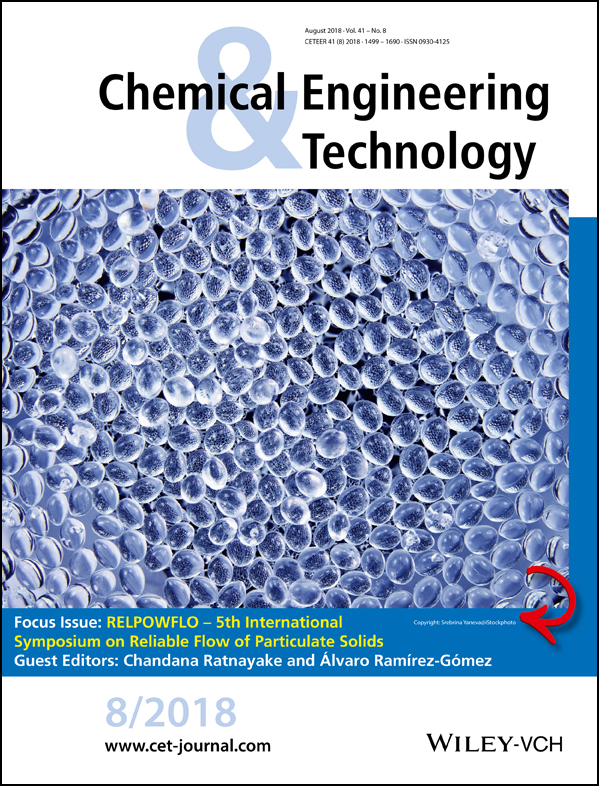Formation and Separation of Particles from Emiliania huxleyi
Abstract
Three reactor systems for Emiliania huxleyi cultivation are reviewed in respect to coccolith production. After cell lysis, the particle size distribution was determined for the system. Fraction changes caused through ultrasonication were characterized by comparing particle size distributions. Insufficient de-agglomeration and possible re-agglomeration at longer treatment intervals could be observed. Zeta potential measurements of the treated samples indicated no significant surface modifications. Scanning electron microscopy images showed no structural damages and the particles appeared similar to each other regardless the ultrasound exposure. In addition, settling velocities of the system using different density and viscosity solutions were examined by an analytical centrifuge. Two separation attempts for coccolith recovery are presented.




